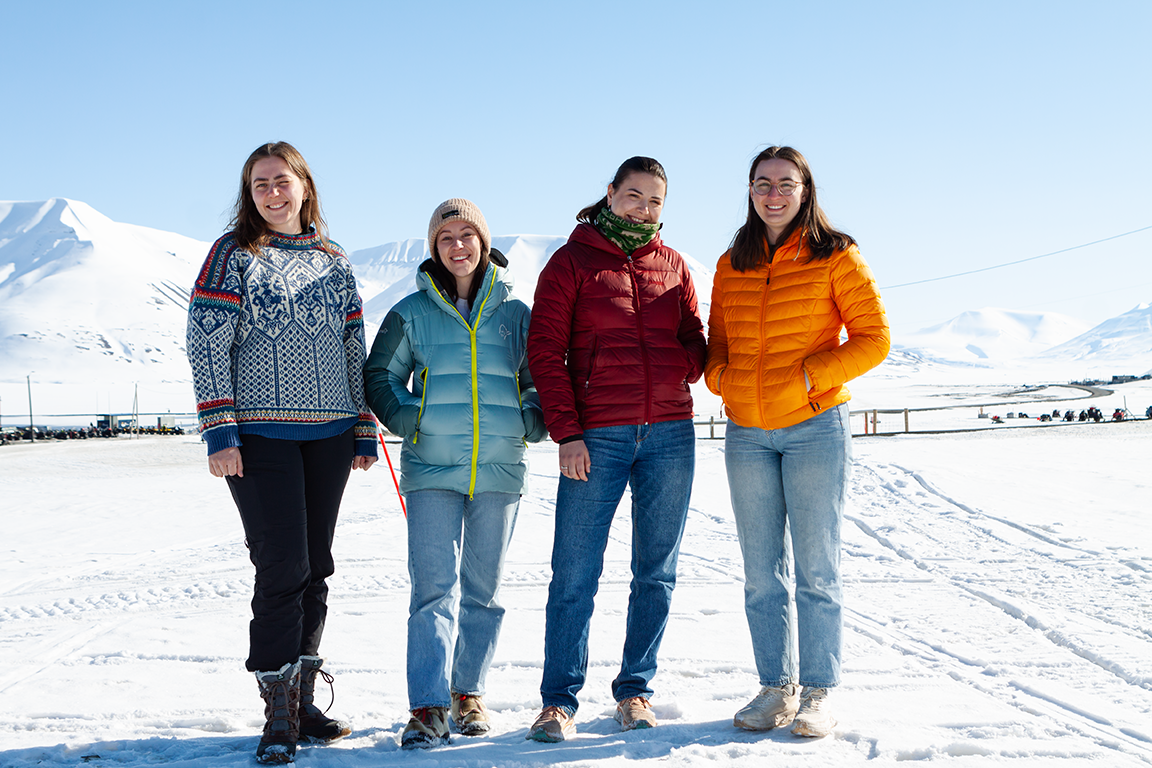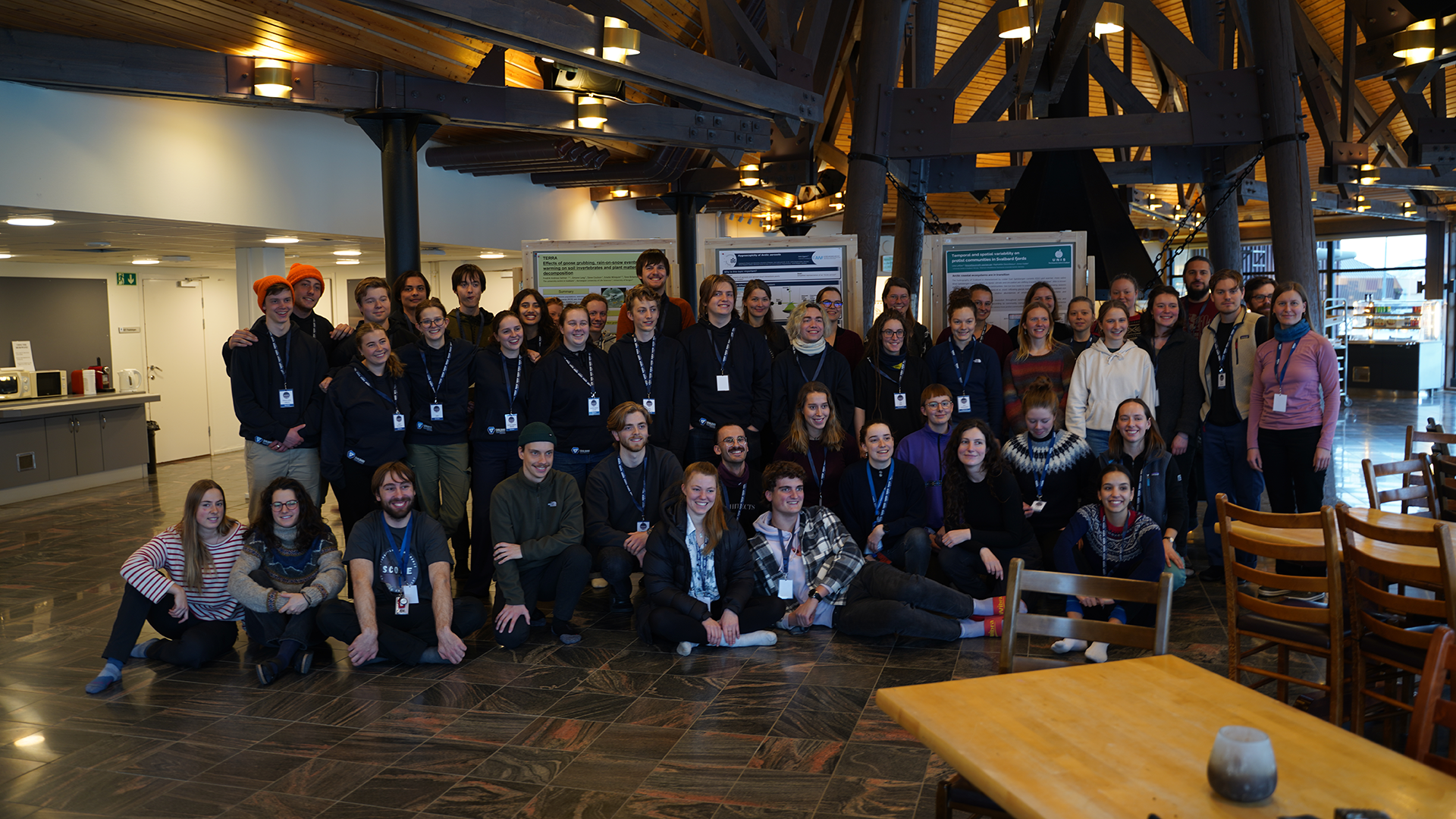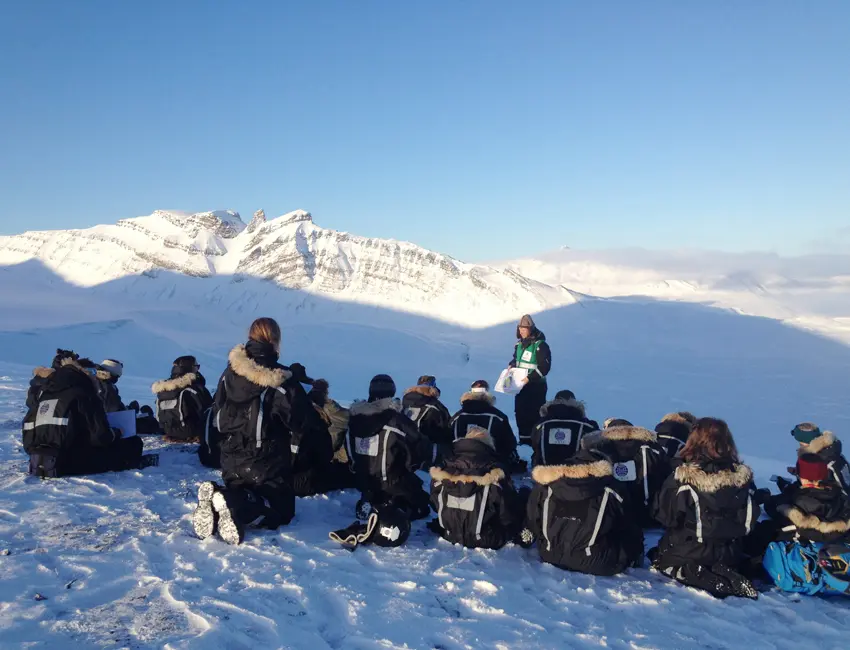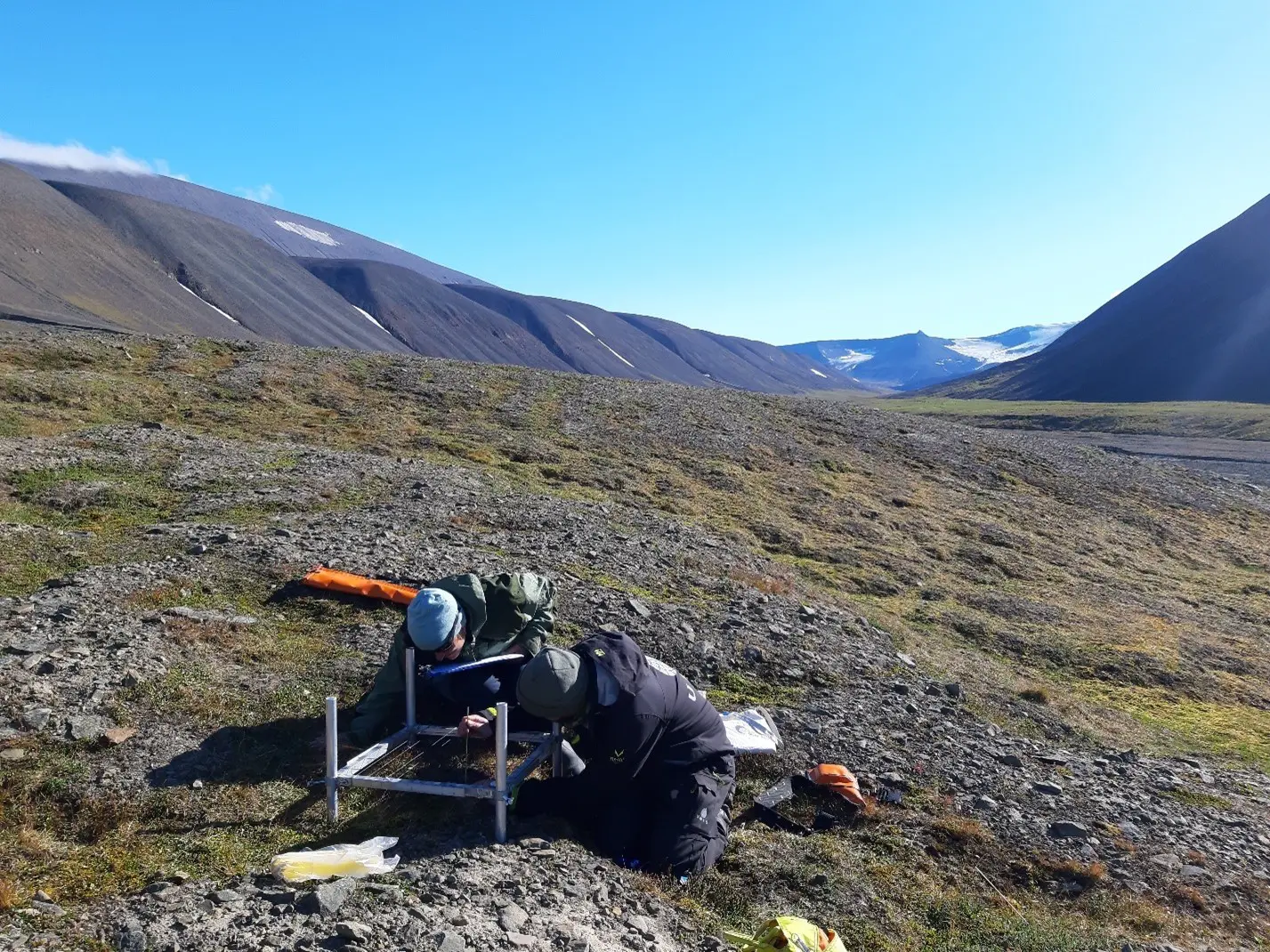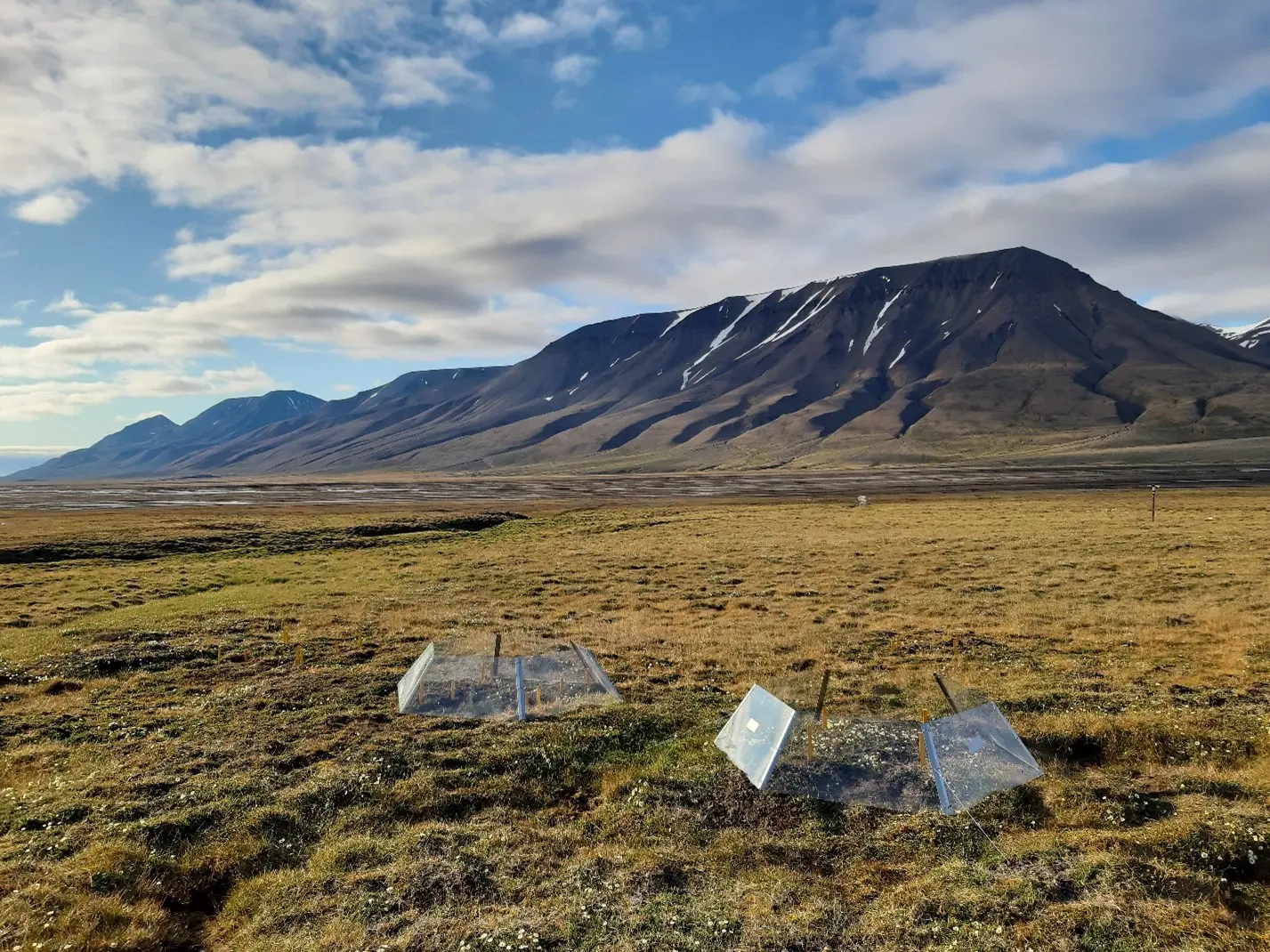Arctic Biology Research

Environmental and climatic change questions
The Arctic Biology Department at UNIS is the only European High Arctic situated biology department realizing undergraduate education, graduate research experience and Arctic research on a regular basis.
Related
The biological research at UNIS covers three interacting main topics
Climate change biology
Climate change in the Arctic is fast and severe. Global warming leads to reduced sea ice cover, and on land the timing of melt and amount of snow-cover is altered. Understanding how these changes impact the structure and function of Arctic ecosystems is urgent and of high importance.
The theme is intimately linked to understanding seasonality and inter-annual variability as well as the processes that shape the Arctic ecosystem of today, and will provide an arena for cross-disciplinary excellence in collaboration with other UNIS departments.
Seasonal ecology
The Arctic is characterized by extreme annual variations in light; from complete darkness in winter to 24 hours of sunlight in summer.
The theme integrates ecology and evolution and examines the interactions within and between species, and with the environment in which they are embedded. Arctic organisms inhabiting temporally varying environments have evolved life history strategies that optimize timing of resource acquisition and trade-offs between growth, survival and reproduction. Seasonality and biological rhythms are intimately linked with the timing of biological events (phenology), and timing adaptations are in turn tied to life history and population dynamics.
Spatio-temporal dynamics of species and systems
Space and time, and their many scales, are fundamental dimensions of ecology and evolution.
The theme revolves around phenotypic as well as genotypic variability, single-species and consumer-resource interactions, in addition to multi-species diversity. The underlying processes behind the spatio-temporal patterns will be analysed in relation to the characteristics of Arctic environments and selection pressures.

